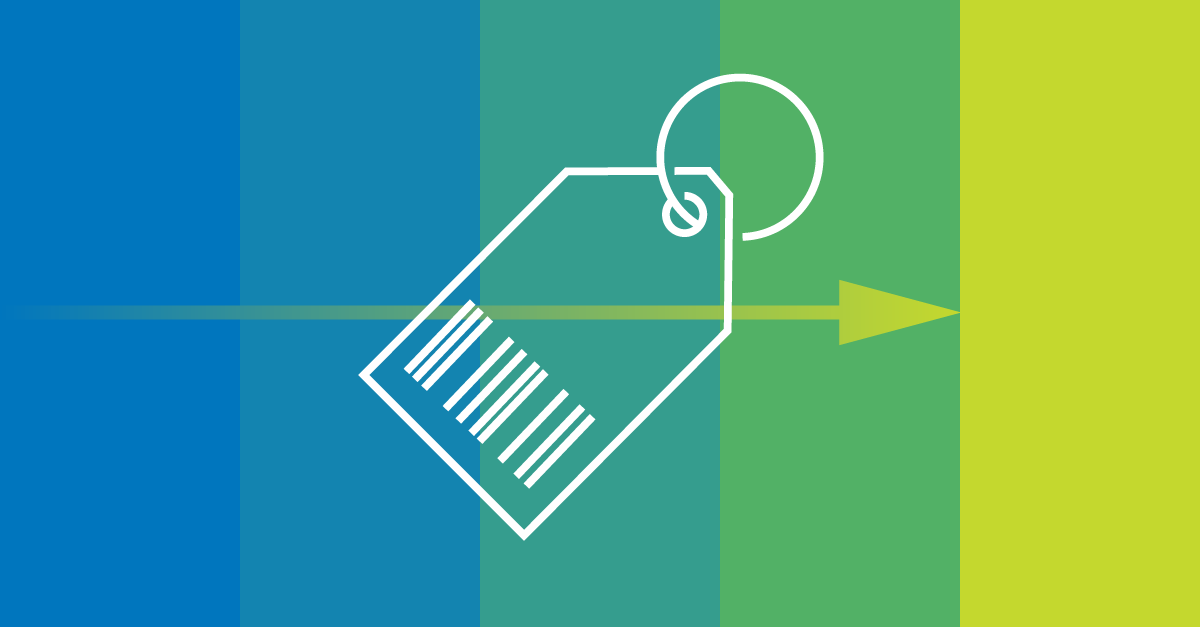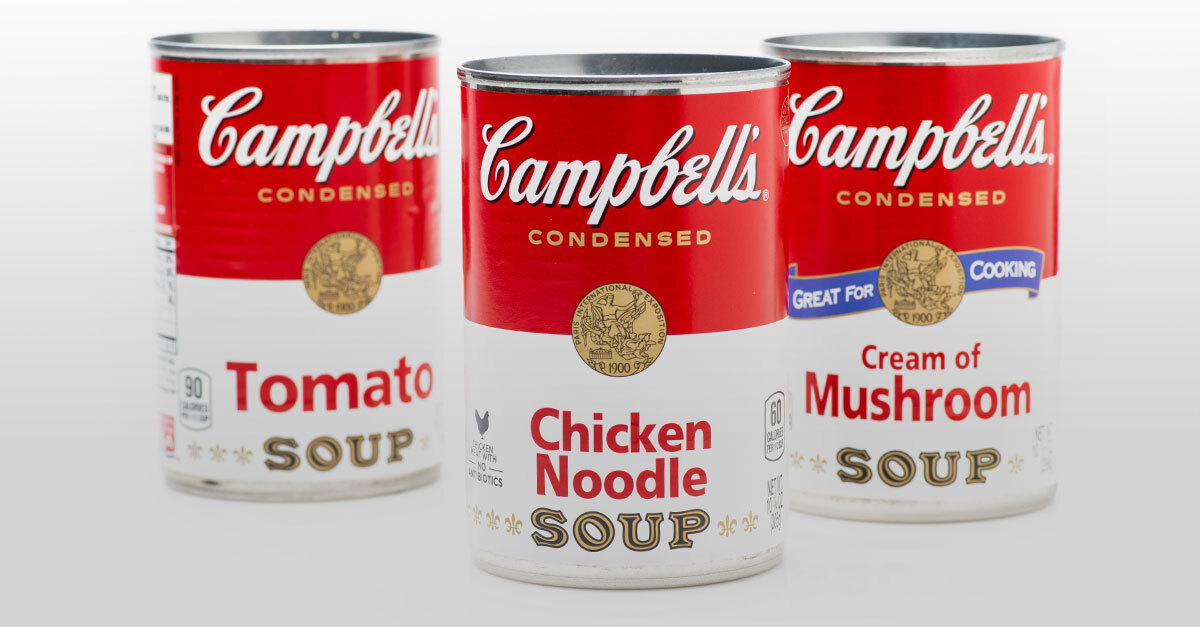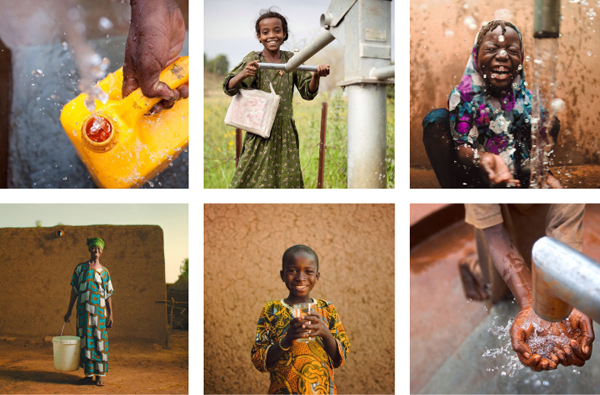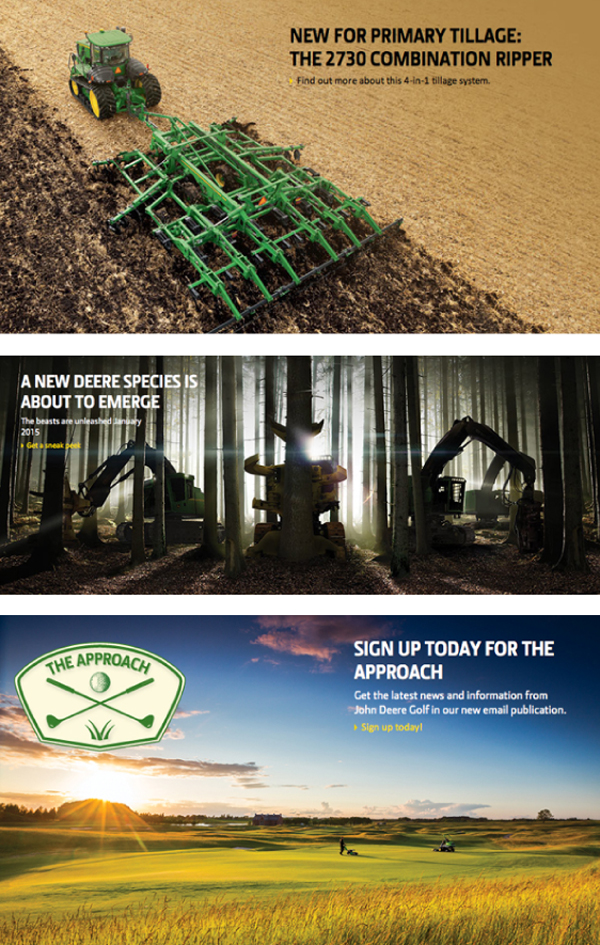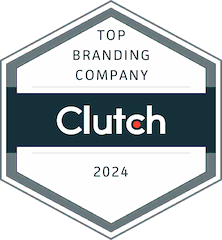Credit unions—by definition member-owned, not-for-profit organizations—are charter-bound to put the interests of customers and communities first. That’s an extraordinarily powerful promise that goes far beyond mere marketing.
For customers, knowing that a financial institution is truly on your side and looking out for you is a compelling value proposition that, arguably, should be a cornerstone of a credit union’s brand. However, in today’s fast-evolving financial services landscape, that may no longer be enough for a credit union to capture and retain market share. As mainstream banks and agile, non-traditional financial technology companies (fintechs) continue to reshape the industry, credit unions must adapt to remain competitive and grow.
In our ongoing work with credit unions as well as traditional banks, Tenet Partners has identified four critical areas where credit unions can focus their efforts to scale successfully. If you’re part of the team charged with making your credit union grow, making the most of these opportunities opens the door to a new brand narrative that combines traditional credit union strengths with a bold, forward-looking point of view that can secure your place in the future of finance.

1. Lay the groundwork for scaling your credit union—and your brand
Credit unions, especially smaller ones, often struggle to match the resources of larger financial institutions when it comes to technology, marketing and product development. However, this doesn’t mean they can’t compete effectively.
To grow efficiently, make the most of what’s available to you:
- Instead of going head-to-head, focus growth initiatives on niche markets or specialized services where you can differentiate, and make that part of your brand story
- Forge strategic partnerships with fintechs to gain access to leading technology without massive capital investment; this can help position your brand as a leader
- Consider mergers or collaborations with other credit unions to pool resources; a merger is a great opportunity to rebrand and raise awareness
- Invest in solutions that can scale efficiently as you grow, such as cloud-based offerings
By finding ways to do an end run around scalability challenges—and more importantly, make them part of the conversation—you can punch above your weight class and compete with larger institutions.

2. Embrace personalization to differentiate your brand
Today’s consumers expect service providers to provide an experience that aligns with their needs and expectations: a trend set by tech-driven enterprises and embraced by fintechs, and one that’s raising the bar. For credit unions, personalization is not just a feature—it’s a necessity for attracting and retaining members, especially younger, digital-native customers who may never set foot in a branch at all. A focus on meeting members where they are can also be a powerful part of your brand story.
To build strong relationships, make personalization a central part of your brand offering:
- Leverage AI and machine learning to analyze member data and offer tailored product recommendations
- Implement predictive models to anticipate member needs and offer proactive solutions
- Create personalized financial wellness programs based on individual member goals and behaviors
- Use data analytics to customize brand communication and marketing efforts for different member segments
By offering more personalized experiences and leaning into them as part of your brand, you can deepen relationships with existing members and appeal to new ones who value individualized attention.

3. Boost member engagement to build your brand
Engagement is crucial, particularly as younger consumers—whose relationship with a credit union may exist entirely online—show a willingness to switch financial institutions. To stay at top of mind, credit unions must strengthen their brands. That means finding effective ways to build loyalty, increase product adoption, and turn members into advocates.
To show that you’re an invested, caring financial partner, stay close to your members:
- Look beyond the technology table stakes of “me too” mobile and online banking experiences by branding around financial insights, education and interactive planning tools that help members visualize and achieve their goals
- Use gamification elements such as dashboards and progress trackers to make financial management more engaging, especially for younger members
- Improve the online banking experience with responsive, effective AI-driven chatbots and efficient, easy-to-use self-service account management tools
- Strengthen the human side of your brand by fostering a culture of service, collaboration and personal relationships
- Be present in local communities by creating programs that align with your members’ values and interests, to raise local awareness of your brand
By focusing on engagement as a key brand differentiator, you can get closer to your members and become an integral part of their financial lives.

4. Take inspiration from fintech brands
Fintechs have set new user experience standards in financial services, emphasizing simplicity, speed, and innovation. In a very real sense, they’re changing the way people think about working with money. To scale successfully, credit unions should consider adopting a similar mindset while leveraging their unique strengths to tell a brand story that stands apart.
To compete in a fast-changing landscape, create a streamlined experience:
- Foster a culture of customer-focused innovation within your organization to continually improve and adapt, while remaining focused on member needs
- Streamline processes to offer quick loan approvals and account openings, and use those advantages in brand communications
- Develop intuitive, user-friendly branded digital interfaces for all your services
- Implement features such as peer-to-peer payments, budgeting tools, and automated savings programs, and associate them with your brand
- Explore emerging technologies such as blockchain for more efficient operations
By aligning fintech-style experiences with traditional values, you can offer the best of both worlds to your members—a unique brand value proposition that can set you apart.
The bottom line: Stay grounded as you grow
Scaling to succeed is not just about getting bigger—it’s about becoming better at serving your members and community. With the right strategies and a commitment to your brand’s core values, you can turn the challenge of scaling your credit union into an opportunity for growth, impact, and most importantly, differentiation.
The future belongs to financial institution brands that can offer the efficiency and innovation of a fintech with the trust and community focus advantages of a credit union—and tell a compelling story about why that matters for customers. By striking the right balance you can stand apart, attract new generations of members, and continue to fulfill your vital role in the financial ecosystem—and not just survive, but thrive.

